- 10 June
- written by Cathy Taylor
What To Expect From A DOC Hut
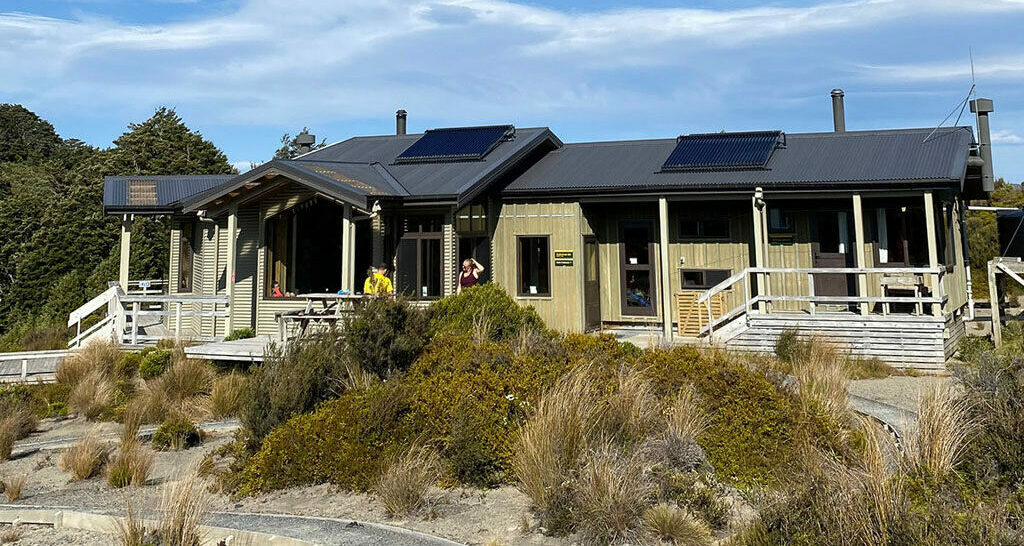
Thinking of doing a Great Walk in New Zealand, but not sure what to expect in a DOC hut?
Staying in a Department of Conservation backcountry hut in New Zealand is a rite of passage for any adventurous person. We have a network of 950 DOC huts throughout New Zealand offering a blend of adventure and immersion in nature. Many backcountry huts were built in the late 19th and early 20th centuries to provide shelter for explorers, adventurers and deer cullers. Many of whom also cut the first bush routes we now walk through.
If you’re planning on doing one of the 11 New Zealand Great Walks and staying in a DOC hut for the first time, here’s what you can typically expect:
1. Basic Facilities
DOC huts usually provide basic amenities. Bunk beds with plastic-covered mattresses, a cooking area with gas cookers, and sometimes a fireplace or wood stove for heating. Toilets are the long-drop or pit style and are detached from the hut and placed a short distance away. Toilets at more popular huts will likely have toilet paper supplied. If you’re heading somewhere really remote, take your own back up supply of paper and hand sanitiser.
Do DOC huts have hot water and showers?
There are no showers or hot water at most North Island DOC huts. There may be a stream or a creek nearby where you’d be able to have a cold wash, but please refrain from polluting the water with any shampoos or soaps. No matter how ecofriendly the label might say it is, any shampoo or conditioner shouldn’t be introduced into fragile environments.
Amenities can vary significantly between huts, so check in advance what is available at the specific hut you plan to stay in. Facebook has a large number of tramping pages with great information from other members on what to expect at each location.
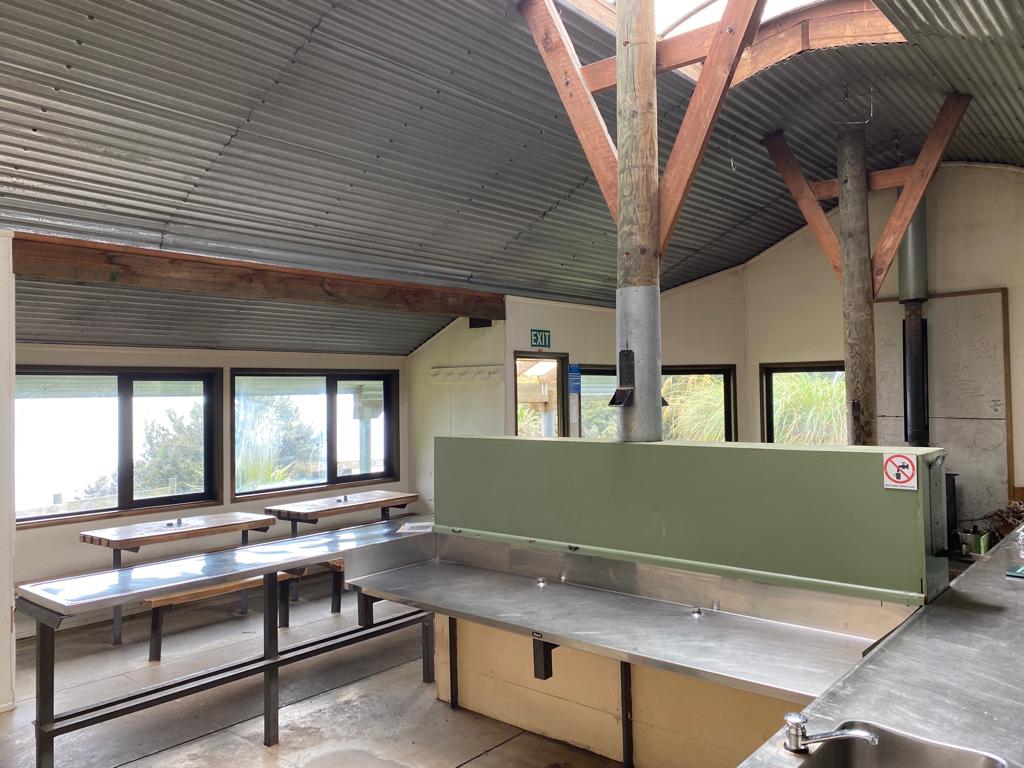
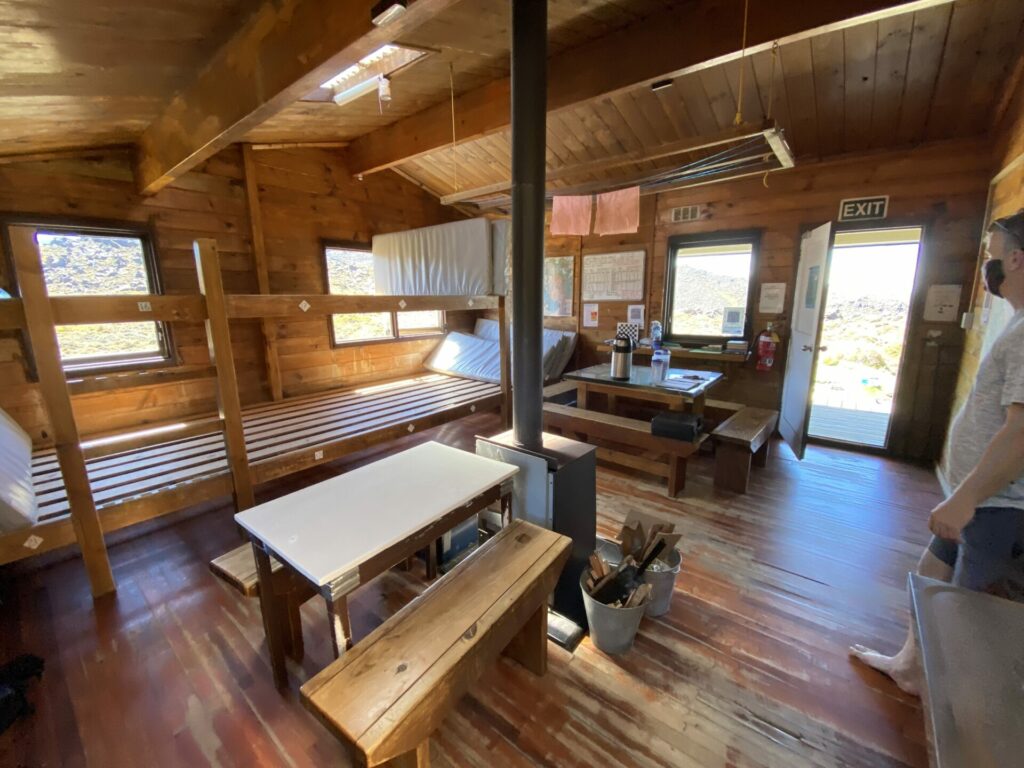
2. Limited Supplies
Plan to bring your own food, cooking equipment, and other necessities. Even if some huts have basic cooking utensils and supplies left behind by previous visitors. This includes sleeping bags and pillows because linen is not provided.
3. No Electricity
Most backcountry huts operated by DOC do not have electricity. It’s also a good idea to bring a headlamp or flashlight for navigating the hut at night. A battery bank or power storage device is also a great idea if you take a lot of photos on your phone.
A few of the newer DOC huts, like Waihohonu Hut on the Tongariro Northern Circuit Great Walk for example, have solar powered lights within the hut. This is the exception to the rule and not a common installation, so ask at the nearest Visitors Centre or i-Site.
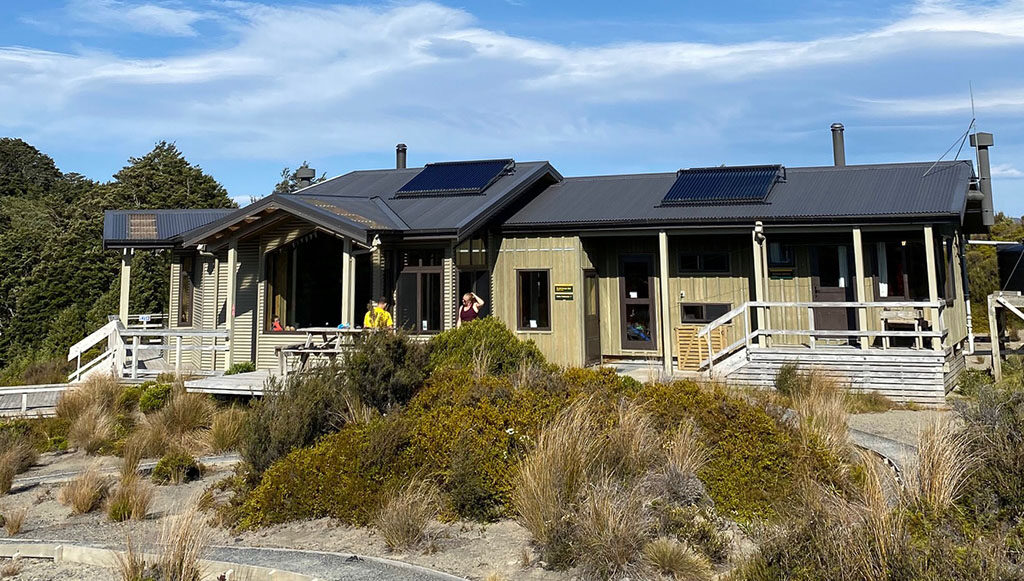
4. Running Water
The supply of water at DOC huts varies from region to region. Most huts have water tanks at the huts for refilling drink bottles, cooking and cleaning up. If you take water from hut tanks be sure to boil it first. Or use water purification tablets like Aquatabs. You might be able to get water from nearby streams or rivers also, but it should be treated as a last resort only. Always, always boil it before drinking.
We have waterborne pathogens in New Zealand called Cryptosporidium and Giardia. They are both present in our waterways. Treat the water source as contaminated and treat it accordingly, rather than take the risk. A DOC hut would be an awful place to suffer from intestinal distress and emergency services can’t reach you immediately.
5. Shared Accommodation
DOC huts have communal sleeping arrangements, with bunk rooms shared between multiple parties. This can be a great opportunity to meet fellow hikers and share stories and experiences. There are no segregated areas based on gender, or for families with children. The larger huts have enormous bunkrooms that can sleep up to 80 walkers, the smallest huts might cater for 6 walkers. Some bunk rooms are set up with individual bunks, others have a slab-style format where mattresses are lined up side by side.
DOC huts are known for being loud, busy places so expect your time there to be disturbed by snorers, late-arrivals, or early risers. If you’re a light sleeper take some good earplugs with you.
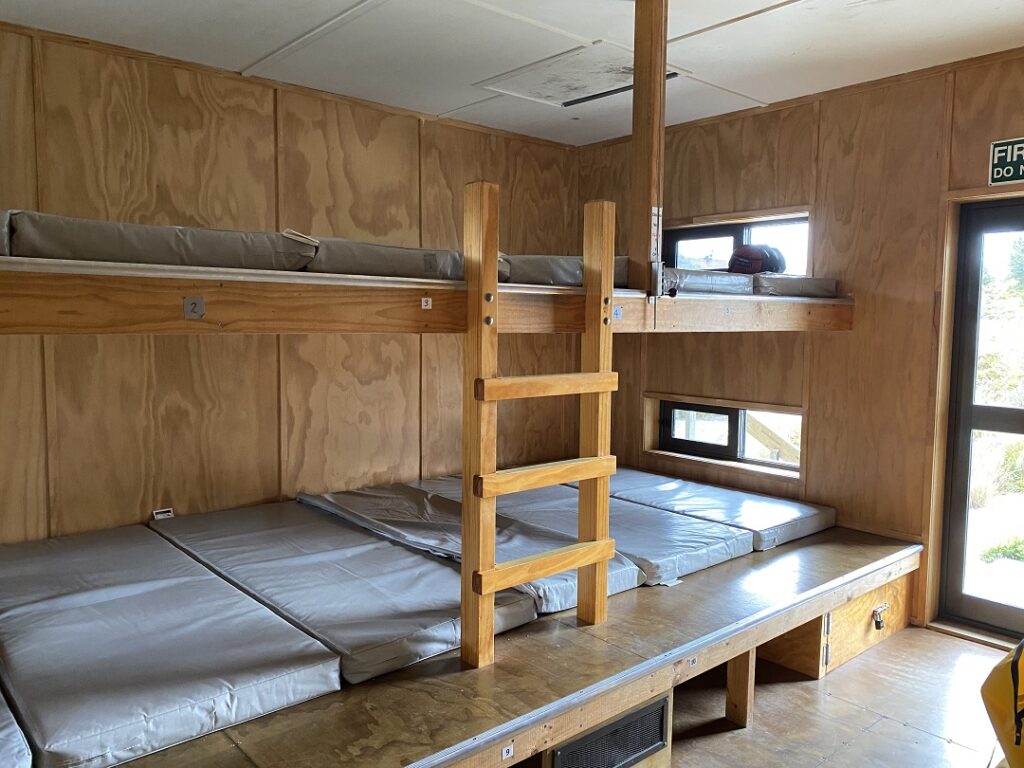
6. Remote Locations
These huts are typically located in remote and beautiful wilderness areas. They offer stunning views and opportunities for outdoor activities such as hiking, birdwatching, and photography. However, this also means that access to the huts may require some hiking or tramping along trails, so be prepared to carry your gear for a significant distance over varied terrain. Always do your research first and plan your pack weight accordingly.
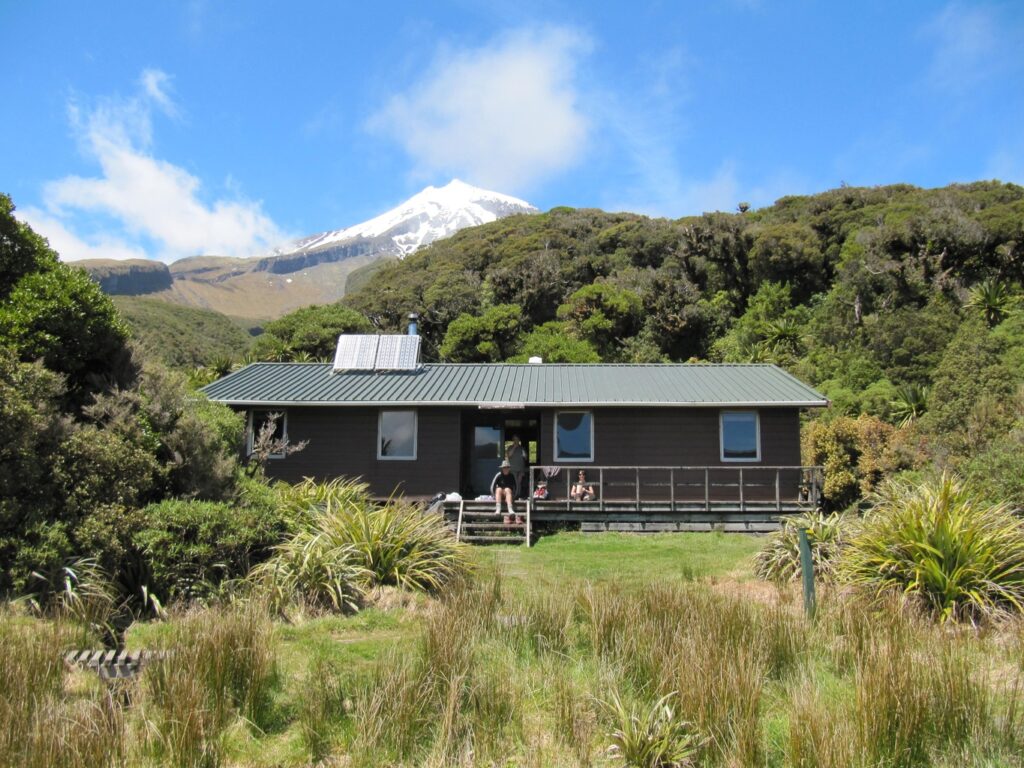
7. Booking a DOC Hut
The larger, more popular huts require booking in advance, especially during peak season. Others operate on a first-come, first-served basis. Plan to arrive early in the afternoon to secure a bed or carry a tent with you in case you find you need to camp instead.
If you haven’t paid for a bed, don’t take one until you’re confident that all walkers have arrived for the night.
Is It Free To Stay In A DOC Hut?
There are usually fees associated with staying in DOC huts, which contribute to the maintenance and conservation of these wilderness areas. If you’re staying in a Great Walk hut, the cost will be higher than if you’re in a small, remote hut. You can view which huts are bookable and which have fees on the DOC website and plan your trip around that.
8. Hut Wardens
Larger huts will likely have a hut warden in charge. Hut Wardens are most often DOC employees who not only maintain hut facilities and provide information to walkers passing through, but also manage conservation efforts in that localised area. Some tracks are seasonal and only have hut wardens during the summer months.
Hut Wardens will check your hut ticket booking and perhaps later in the evening give a short talk to the hut occupants about the local area and expected weather conditions or anything else that might be relevant to your stay.
On the Lake Waikaremoana Great Walk, hut wardens are members of Ngai Tūhoe iwi (Māori tribe) and include cultural elements to their talks.
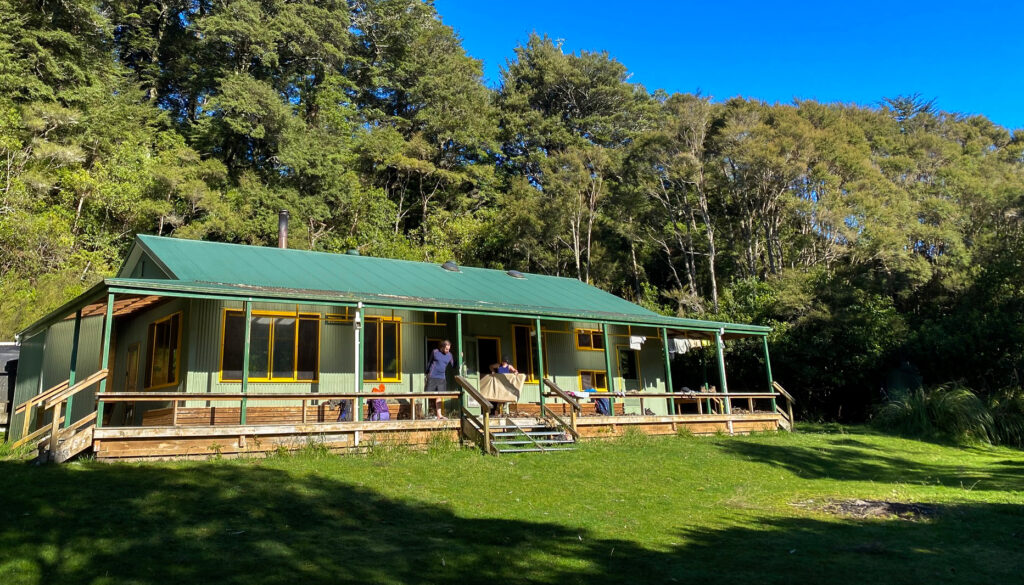
9. Leave No Trace
As with any outdoor adventure, it’s essential that you follow the Tiaki Promise & 7 principles of Leave No Trace. New Zealanders treasure their wilderness and any visitor who disrespects the environment is often swiftly re-educated. Take all your rubbish with you. Leave wildlife alone. Clean up after yourself, remove signs of your visit. Use toilets provided or bury toilet waste responsibly. Respect other hut and campsite users. Take any steps you can to minimise the impact of your visit – the goal is to leave the outdoors in a better state than it was when we arrived.
For more information on how we toilet responsibly in the New Zealand outdoors, check out our blog ‘How To Poop Outdoors; It’s Everyone’s Business.’
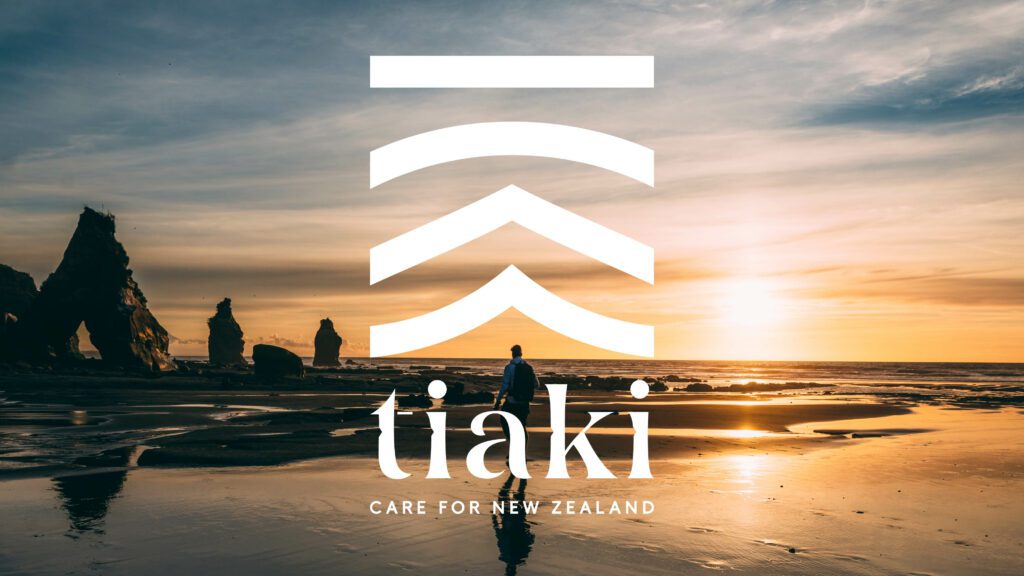
10. Hut Etiquette
There are some unwritten rules around DOC hut etiquette that you might find useful to keep in mind. Outdoor users are generally a friendly, helpful lot but following these etiquette suggestions could help enhance your experience in the New Zealand outdoors.
Clean up after yourself
Hut kitchens are usually small and with multiple groups of people wanting to cook dinner at the same time, be mindful of others coming after you. Tidy up your cooking things before you sit down to eat, so the next kitchen user can get straight into their dinner prep. Keep your gear tidy within the general area of your bunk bed.
Store wet gear outside or in the foyer
If the hut has a drying rack or a mudroom, keep your wet and dirty gear here instead of in the shared spaces. No one wants to bed down next to swampy hiking boots or a mouldy raincoat so be considerate about hanging wet gear in the right place.
Head Torches
If you’re arriving after 10.00pm, or departing before 7.00am, keep your head torch or flashlight switched off or on red until you’re outside. Try not to high-beam anyone sleeping and keep activity to an efficient minimum until the sun is up.
Wood Fired Heaters
Before you light the indoor wood fire in the summer months, check first if everyone else is happy with that. DOC huts can heat up quickly when everyone comes inside to cook dinner and generally share the space. If you light the fire, the rooms become too hot and to cool down we need to keep the doors open which allows mosquitos, sandflies and potentially vermin, into the hut. If you’re the last person to finish the wood supply, head outside to grab a few more logs for the next arrivals. (TIP: Don’t burn plastic trash in the wood fire. This releases toxic particles into the atmosphere that settle on the hut roof. Eventually these get washed into the water supply from the rainwater collection system.)
To experience a DOC-hut style multiday tramping adventure with the safety and comfort of a guided group, check out our Tongariro Northern Circuit Great Walk tour. Join a small group, led by a friendly professional hiking guide for a safe, memorable experience. Our guides carry the food and equipment, so your pack weight is reduced, and they prepare all meals for the group – you can just relax and walk! Our guides are first-aid trained and carry satellite locator beacons to ensure your experience is the safest it can be.